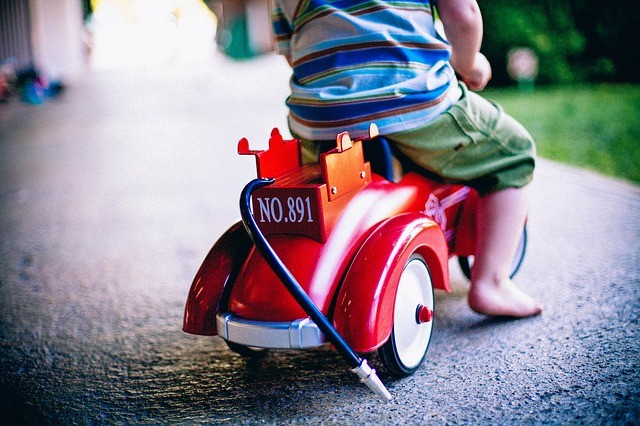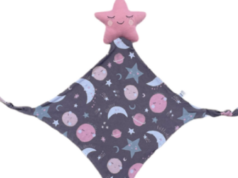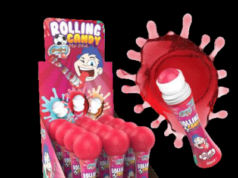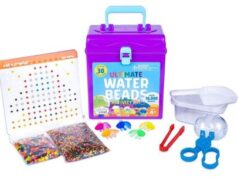
According to information provided by the Consumer Product Safety Commission, toy related injuries resulted in over 250,000 visits to the emergency room in 2010. In addition to this, there were over 80,000 injuries in 2010 that were the direct results of dangerous nursery products, such as highchairs, cribs and bassinets. When dangerous toys are discovered on the market, they’re generally recalled immediately, either by the manufacturer, the distributor or by another party. The Consumer Product Safety Commission releases information about recalled products on its website.
Staying Safe
Experts suggest parents use the CPSC’s app to check for recalls before buying children’s product and visit saferproducts.gov for consumer-reported risks on anything new. Once the product is home, register it with the manufacturer. “Consumers need to know when a product they own has been recalled, and this is the best way to do that,” says Weintraub.
 Common Hazards
Common Hazards
Choking hazards are among the most common threats posed by dangerous children’s toys. In some cases, parts may fall off of toys and present a choking hazard or, in other cases, the toy itself may present a choking hazard. Toys that have been recalled in 2012 due to choking hazards include rattles, play centers and more. Whenever one of these dangerous toys is discovered and recalled, it’s imperative that parents stop using it immediately and that they contact whatever party is responsible for issuing them a refund. Most of the time, a refund will be issued without any questions asked. It is illegal to sell any toy that has been recalled.
Playing it Safe
While most parents are not going to be able to spend the time required to keep up with every single press release about recalled toys, there are other resources that parents can rely upon to provide them with this information. First, the manufacturers of the defective toys will generally notify parents that a purchase they made is defective and that it needs to be returned. Sometimes the stores will provide this information, as well, though they may not have a way to get in touch with parents if an address was not provided.
The media sometimes picks up these stories, but this is not always the case. Unfortunately, the best ways to keep up with recalled toys and other unsafe children’s products is to subscribe to press releases from the Consumer Product Safety Commission, the FDA and other agencies charged with protecting the public against defective products.
If your child has been injured by a defective toy or another defective children’s product, contacting a product liability lawyer might be an option for you. The product liability lawyer can investigate to see whether or not negligence on the part of the company led to your child’s injury and whether it is sufficient cause to seek compensation via a lawsuit.







